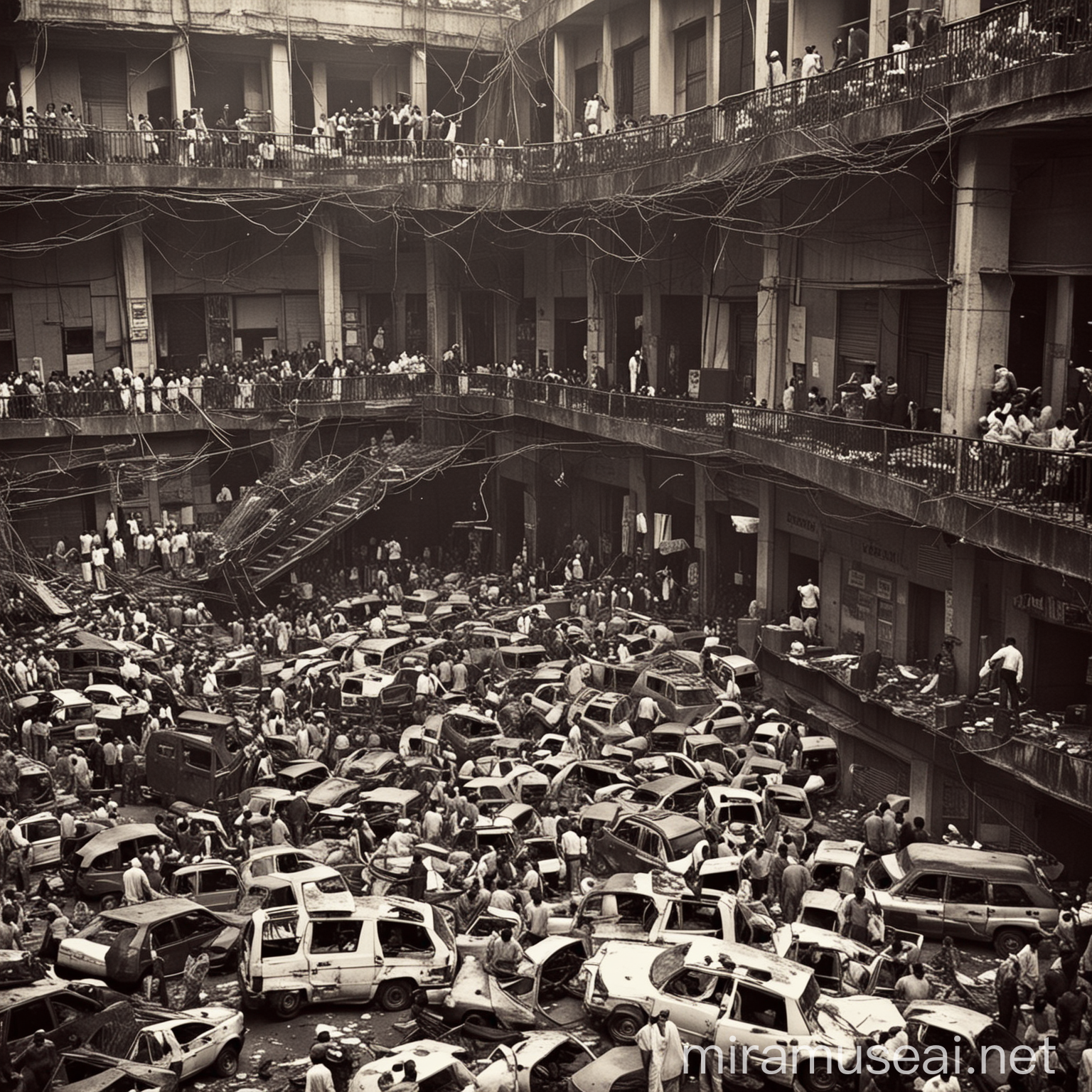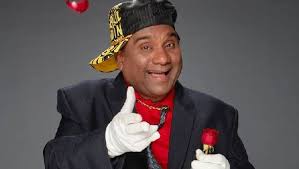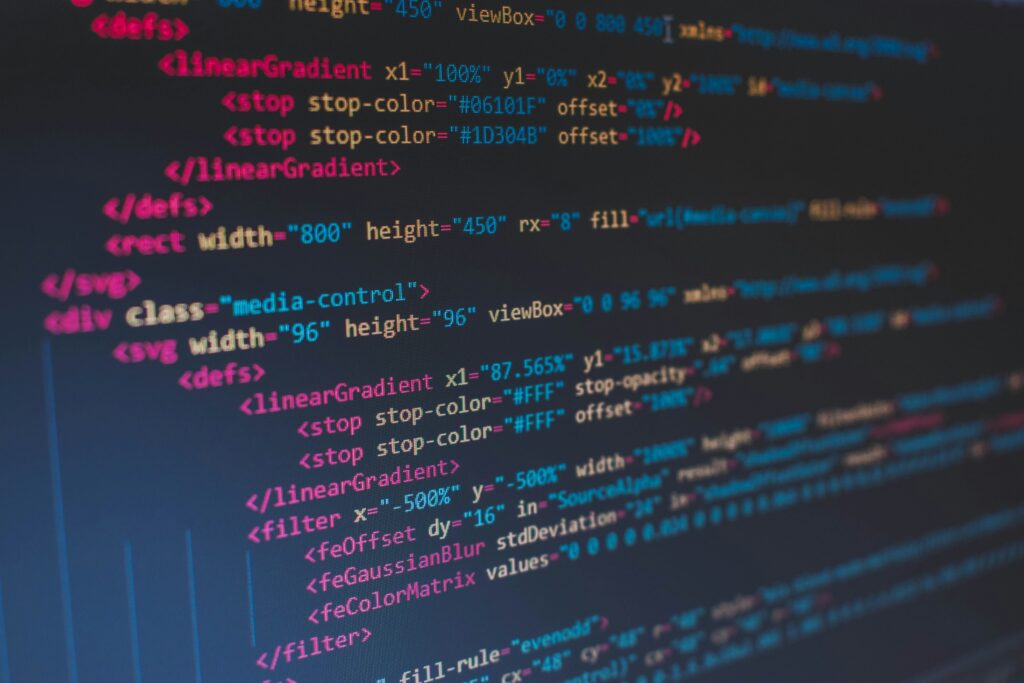Mumbai, the bustling financial capital of India, has long been a city of contrasts. Amidst its vibrant culture and economic prosperity, it has also harbored a dark underbelly: the notorious Mumbai underworld. For decades, this criminal network held the city in its grip, influencing everything from politics to Bollywood. However, in recent years, concerted efforts by law enforcement, combined with societal changes, have led to the gradual dismantling of this shadowy empire. This blog delves into the rise, reign, and eventual fall of the Mumbai underworld.
The Rise of the Underworld
Origins
The roots of the Mumbai underworld can be traced back to the early 20th century. Initially, these gangs were involved in petty crimes like smuggling, bootlegging, and illegal gambling. However, as Mumbai grew into a major economic hub, so did the scale and sophistication of organized crime.
The 1970s and 1980s: The Golden Era of Gangsters
The 1970s and 1980s marked the heyday of the Mumbai underworld. Key figures like Haji Mastan, Varadarajan Mudaliar, and Karim Lala became household names. These crime lords controlled various illegal activities, including smuggling gold, extortion, and drug trafficking. Their influence extended into the city’s politics, business, and entertainment industries.
The most infamous of these figures, Dawood Ibrahim, emerged in the 1980s. Dawood’s D-Company became synonymous with organized crime in Mumbai. His operations expanded internationally, and he was linked to various criminal activities, including the 1993 Bombay bombings, which resulted in over 250 deaths and massive destruction.
The Reign of Terror
The 1990s: A Decade of Violence
The 1990s were a tumultuous period for Mumbai. The underworld’s power peaked during this decade, with frequent gang wars, contract killings, and bomb blasts. The city lived in fear as rival gangs vied for control, leaving a trail of bloodshed and chaos.
The 1993 Bombay bombings were a turning point. Orchestrated by Dawood Ibrahim in retaliation for the demolition of the Babri Masjid, these attacks shook the nation. The bombings brought the underworld’s activities to the forefront of national consciousness, prompting a severe crackdown by law enforcement agencies.
Bollywood and the Underworld
The Mumbai underworld’s influence extended into Bollywood, India’s thriving film industry. Gangsters financed movies, influenced casting decisions, and extorted money from film producers and actors. The nexus between Bollywood and the underworld was both glamorous and dangerous, with several high-profile incidents highlighting this murky relationship.
The Fall of the Underworld
Law Enforcement Crackdown
The 1993 bombings galvanized the Indian government and law enforcement agencies. The establishment of specialized units like the Anti-Terrorism Squad (ATS) and the Central Bureau of Investigation (CBI) marked a significant shift in the fight against organized crime. These agencies, armed with new powers and resources, launched an all-out assault on the underworld.
Key figures were arrested, properties were seized, and financial networks were dismantled. Dawood Ibrahim fled to Pakistan, where he remains in hiding, but his influence in Mumbai significantly waned. Other prominent gangsters met similar fates, either being killed in encounters with the police or arrested and imprisoned.
Encounter Specialists
The late 1990s and early 2000s saw the rise of “encounter specialists” – police officers known for their aggressive tactics and shoot-to-kill policies against gangsters. Officers like Pradeep Sharma, Vijay Salaskar, and Daya Nayak became infamous for their no-nonsense approach. While their methods sparked controversy and allegations of extrajudicial killings, they played a crucial role in crippling the underworld’s operations.
Economic and Social Changes
Mumbai’s transformation into a global financial hub also contributed to the decline of the underworld. Economic liberalization in the 1990s opened new avenues for legitimate business, reducing the allure of illegal activities. Moreover, increased surveillance, technological advancements, and improved policing methods made it harder for criminals to operate with impunity.
The growth of civil society and media also played a role. Investigative journalism and public outcry against corruption and crime put pressure on authorities to act decisively against the underworld. The public’s changing attitude towards crime and law enforcement’s efforts to engage with the community helped create a hostile environment for organized crime.
The Legacy of the Underworld
Cultural Impact
Despite its decline, the Mumbai underworld has left an indelible mark on the city’s culture. Countless movies, books, and TV shows have depicted the lives of gangsters, romanticizing and vilifying them in equal measure. This fascination with the underworld continues to captivate audiences, reflecting the complex relationship between the city and its criminal past.
Ongoing Challenges
While the traditional underworld has been dismantled, new forms of crime have emerged. Cybercrime, white-collar crime, and new drug trafficking networks pose fresh challenges for law enforcement. However, the lessons learned from the fight against the underworld have equipped authorities with the experience and determination to tackle these evolving threats.
Conclusion
The story of the Mumbai underworld is a tale of ambition, power, and violence. It is also a story of resilience and transformation. The fall of the underworld was not just the result of law enforcement efforts but also a reflection of a changing society that refused to be held hostage by fear.
Today, Mumbai stands as a testament to the triumph of order over chaos. The city continues to grow and thrive, shedding the shadows of its past while acknowledging the lessons learned. The demise of the Mumbai underworld marks the end of an era, but its legacy serves as a reminder of the constant vigilance needed to protect the city’s future.






